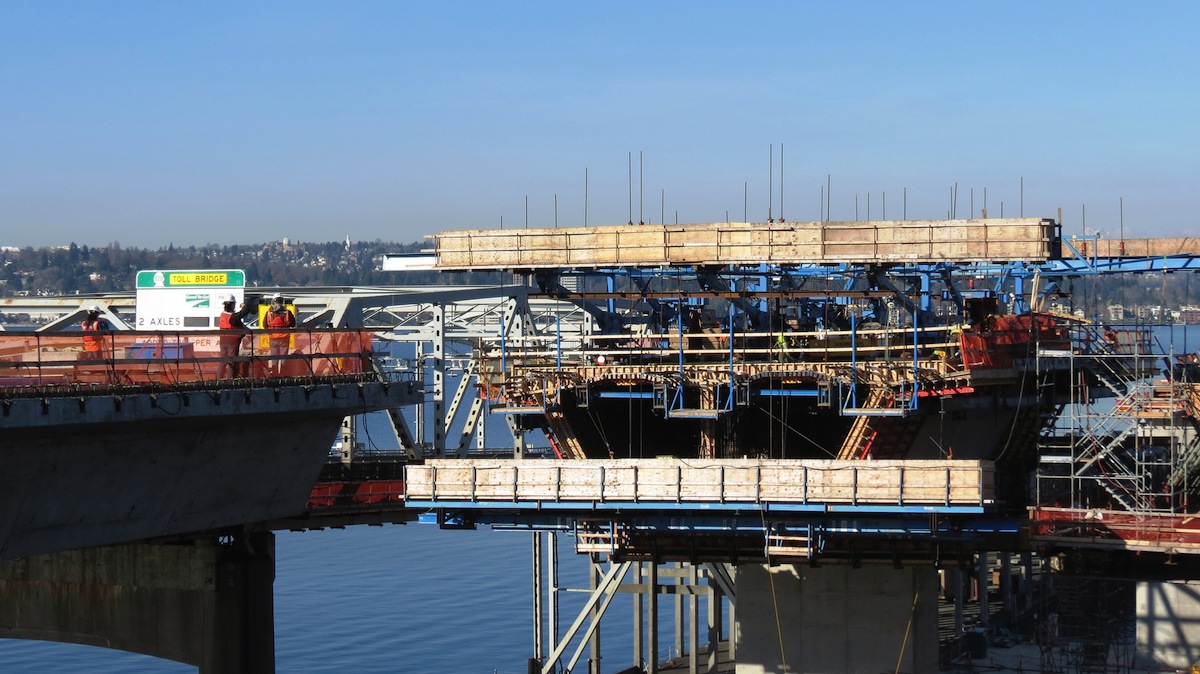Nonresidential construction spending fell in September for the first time in eight months, the U.S. Census Bureau reported, but the monthly drop in spending is not a cause for concern according to analysis by Associated Builders and Contractors (ABC). Nonresidential construction spending fell by 0.1% from August, totaling $692.8 billion on a seasonally adjusted annualized basis.
September's year-over-year increase of 12.4% is the largest increase since April 2008. After falling in two consecutive months, public nonresidential construction spending grew by 0.7% in September while private sector construction spending fell by 0.7% for the month.
"The last several months have generally been associated with sizable increases in nonresidential construction," said ABC Chief Economist Anirban Basu. "Today's release, while not particularly upbeat, does not alter the fact that nonresidential construction spending continues to recover and that most contractors are busier than they were a year ago.
"Although there are many potential forces at work that resulted September's monthly construction spending decline, most are not alarming. With construction materials prices falling, contractors may be able to offer somewhat lower prices for their services, helping to suppress growth in construction value put in place. It is also conceivable that some construction work is being slowed by an ongoing lack of available skilled personnel. This factor has certainly helped to slow residential construction, and it seems reasonable to presume that some nonresidential contractors would face similar issues.

Seven nonresidential construction sectors experienced spending increases in September on a monthly basis:
- Educational-related spending expanded by 2% for the month and 11.5% for the year.
- Spending in the religious category grew by 5.6% on a monthly basis and 0.8% year-over-year.
- Amusement and transportation-related spending rose by 0.2% from August and 30.6% from September of last year.
- Transportation-related spending expanded by 1.6% from a month ago and 10.2% from a year ago.
- Highway and street-related construction spending inched 0.3% higher for the month and is up 10% from the same time last year.
- Sewage and waste disposal-related spending rose by 1.1% from August and 12.9% from September of last year.
- Spending in the water supply category gained 4.3% from the previous month and 5.6% on a year-ago basis.
Spending in nine nonresidential construction subsectors fell in September on a monthly basis:
- Spending in the lodging category fell by 0.7% for the month but is up 32.8% from September 2014.
- Office-related spending dipped 0.4% from August but is 19.3% higher than at the same time last year.
- Spending in the commercial category fell by 1.1% on a monthly basis and by 2% on a yearly basis.
- Health care-related spending inched 0.1% lower for the month but is up 9% on a year-ago basis.
- Public safety-related spending fell 3% month-over-month and 4.8% year-over-year.
- Spending in the communication-category declined 2.7% from August but is up 10.2% from the same time last year.
- Power-related construction spending fell 1.7% on a monthly basis but expanded 1.9% over the previous twelve months.
- Conservation and development-related spending lost 6% for the month but is still 1.6% higher than at the same time last year.
- Manufacturing related spending fell 0.4% for the month but is still up 41.3% from September 2014.
To view the previous spending report, click here.
Related Stories
| Oct 8, 2014
New tools for community feedback and action
Too often, members of a community are put into a reactive position, asked for their input only when a major project is proposed. But examples of proactive civic engagement are beginning to emerge, write James Miner and Jessie Bauters.
| Oct 8, 2014
Massive ‘healthcare village’ in Nevada touted as world’s largest healthcare project
The $1.2 billion Union Village project is expected to create 12,000 permanent jobs when completed by 2024.
| Oct 8, 2014
First look: Woods Bagot unveils plans for new Christchurch Convention Center
The locally-inspired building is meant to serve as a symbol of the city's recovery from the earthquake of 2011.
| Oct 8, 2014
Denver transit project wins design-build Project of the Year honor
The Denver Union Station Transit Improvement Project is among 25 projects honored by the Design Build Institute of America for excellence in design-build project delivery.
| Oct 7, 2014
Analysis: Student loans will cost housing industry $83 billion in 2014
More than 410,000 single- and multifamily home sales will be lost in 2014 due to student loan debt, according to analysis by John Burns Real Estate Consulting.
| Oct 7, 2014
Economic gains are rallying rents in Raleigh, N.C.
The greater Raleigh, N.C., market appears to be getting back on its feet again, which is good news for rental property owners.
| Oct 7, 2014
Structured, not stirred: The architecture of cocktails [infographic]
In this downloadable graphic, technologist Shaan Hurley dissects 37 cocktails and analyzes their architectural makeup.
| Oct 6, 2014
Moshe Safdie: Skyscrapers lead to erosion of urban connectivity
The 76-year-old architect sees skyscrapers and the privatization of public space to be the most problematic parts of modern city design.
| Oct 6, 2014
Houston's office construction is soaring
Houston has 19 million square feet of office space under construction, 54% more than a year ago, and its highest level since the booming 1980s, according to local news reports.
| Oct 6, 2014
Retelling an old story: Why women are underrepresented in architecture
Women account for more than half of the U.S. population. But even with significant gains over the past 25 years, their numbers and positions among the ranks of practicing architects appear to have stalled.















